
Cyrus Gordon wrote (Before Columbus, p. 100), “The alphabet is the most useful single invention made by man throughout all his history. With the ancient cumbersome systems of writing like the Mesopotamian, Egyptian, and Chinese, popular literacy is impossible. The alphabet with such a limited repertoire of signs brought literacy within the grasp of whole nations and made universal education possible.”




One of the major challenges we face is that all over the world we see instances of likely diffusion and transmission between cultures, but without inscriptions, we are left to guess at history based on what we can piece together based on the available artifacts, which isn’t made easier by the overwhelming amount of archaeologists committing forgeries to forge names for themselves.
Grant also conceded (The Etruscans, p. 37), “The extent to which these and other borrowings from the near east came to Etruria indirectly through Greek intermediaries, or directly without any such mediation, is disputed, but at all events a great deal of the Etruscan civilization was derived, in one or other of these two ways, from the Phoenician region.”
I differ from this in the sense that the reason it appears this way to scholars is because the Etruscans and Ancient Italians in that region are descended from Phoenicians, if not the very navigators referred to as Phoenicians.


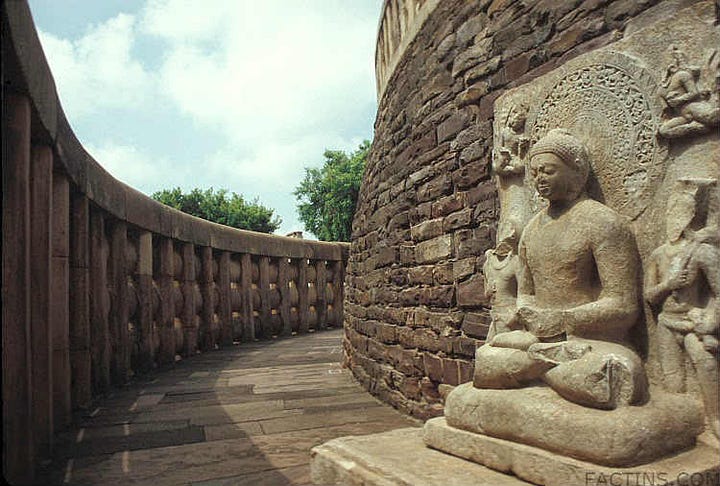
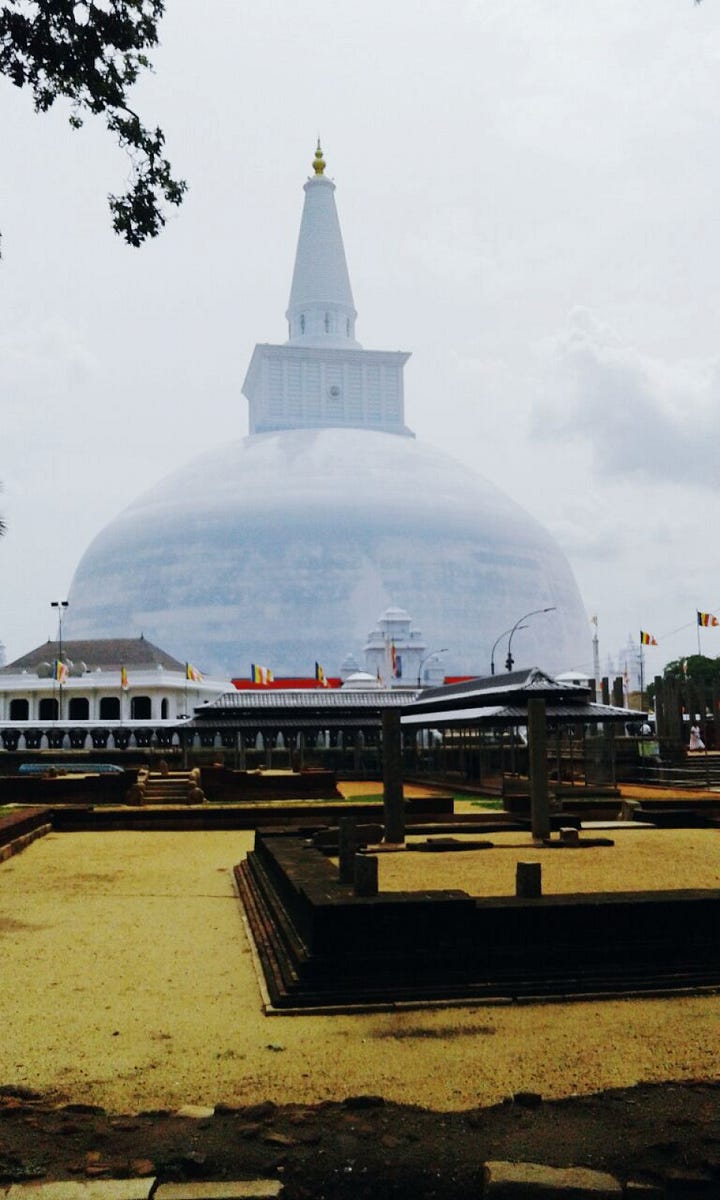
Again from Grant (Ib. pp. 37, 38), “Objects normally labeled ‘Phoenician’, though compounded also of various Syrian, Cypriot, Egyptian, Mesopotamian and Assyrian influences, were already reaching Etruria in the second half of the eighth century BC and became more numerous still around 700. Likewise of near-eastern origin were the great Etruscan mound tombs, consisting of chambers erected on shallow drums and surmounted by a rounded mound (tumulus) of earth. The closest parallels to these tombs are to be found in various parts of Asia Minor and adjoining regions, from which the idea found its way to Etruria—partly through contacts with the island of Sardinia, from which the Etruscans apparently learnt how to equip such tomb-chambers with false domes, but partly also, perhaps, from Syria or Phoenicia, without any such Sardinian intermediaries. Within the tombs, objects of varied near-eastern character are found. Ostrich eggs were brought from Egypt to be decorated with designs and attachments and to serve as vessels, and Egyptian varieties of finger-rings, too, some with elliptical bezels, had likewise become common in Etruria before 700—in this case unmistakably through Phoenician intermediaries. The ivories found in Etruria are also particularly suggestive of the Phoenicians, who brought the material from Asia and west Africa and were famous for their engraving of it, once again characteristically incorporating motifs from various surrounding cultures. The Etruscan imported all these products and perhaps their artists as well, or enough of them to teach Etruscans how to copy or adapt the work for themselves.”
I highlighted the parts of this passage that show even Michael Grant, who has become one of my favorite writers and researchers, wasn’t aware that the Etruscans are Phoenicians, or ancient Italians, just as Betham observed, whose greatest colony was Italy.
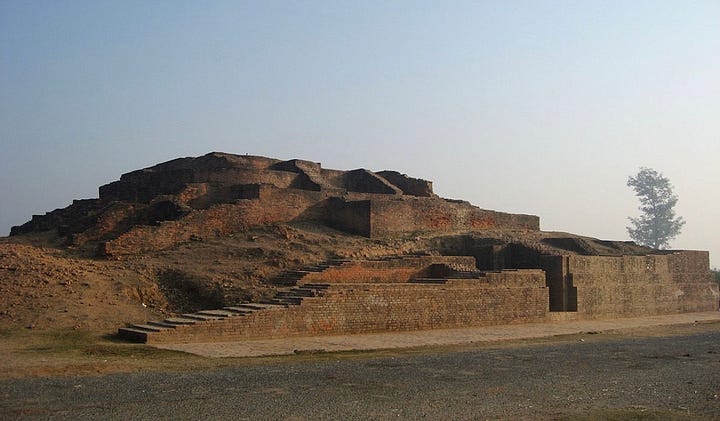

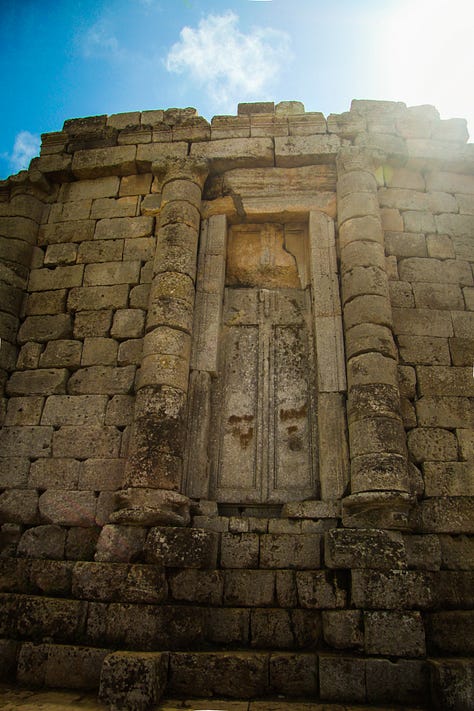
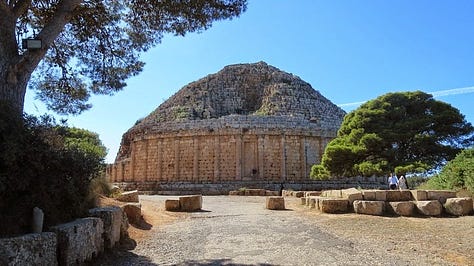

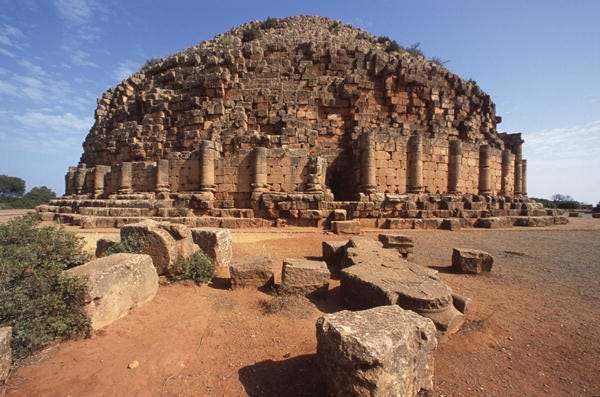
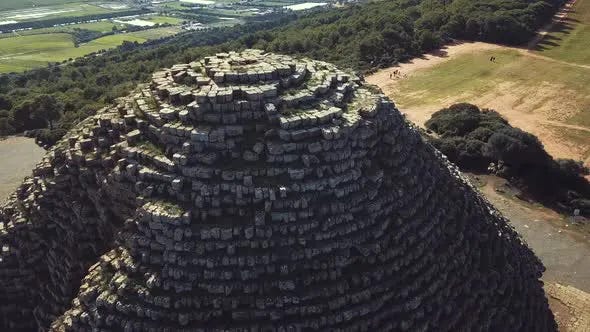
My work shakes things up and demonstrates the likelihood that the Etruscans are Phoenicians, and much of the diffusion we see came from the Mediterranean and flourished around Europe, Africa, and Asia, and possibly touched the Americas as well.


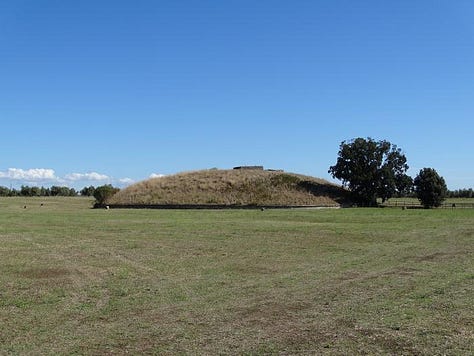

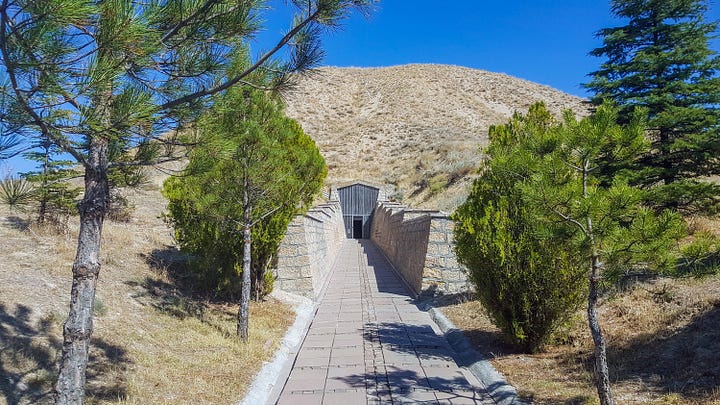
However, the means to get to and fro, was decisively a skillset known by the Phoenicians and whatever culture they’re attributed to, which, based on alphabets, mythology, and artifacts, I suggest is ancient Italians (Etruscans). Even the Polynesians, who some claim reached America and it’s proven by DNA, concede that it was likely a one-time endeavor and not something that they had the means to reckon trade routes. This is an interesting video on the subject titled Did Polynesians Reach America?
I see some interesting words laid up in Polynesian, from Pol/Bol (Lord) to Nesians (Nissians, as in People of Mount Nissa or Nyssa), but I’m not ready to write about it yet because it’s anecdotal.
According to Grant (The Etruscans, p. 34), “They (the Phoenicians) were said to have been the first people who ever navigated by observing the stars, travelled beyond sight of land, sailed at night, and undertook voyages in winter-time.”
The Phoenicians may have possessed Tartessus (Tartessos). There is an archaeological site with a peculiar symbol preserved in it, which, if authentic, is another proof of diffusion and will help date the site.





What do you notice in the following photo?

If you don’t recognize the symbolism, July’s End with Black Swans will be of great assistance. (Click the image.)
Become a member to access the rest of this article.
Keep reading with a 7-day free trial
Subscribe to Ancient History, Mythology, & Epic Fantasy to keep reading this post and get 7 days of free access to the full post archives.




